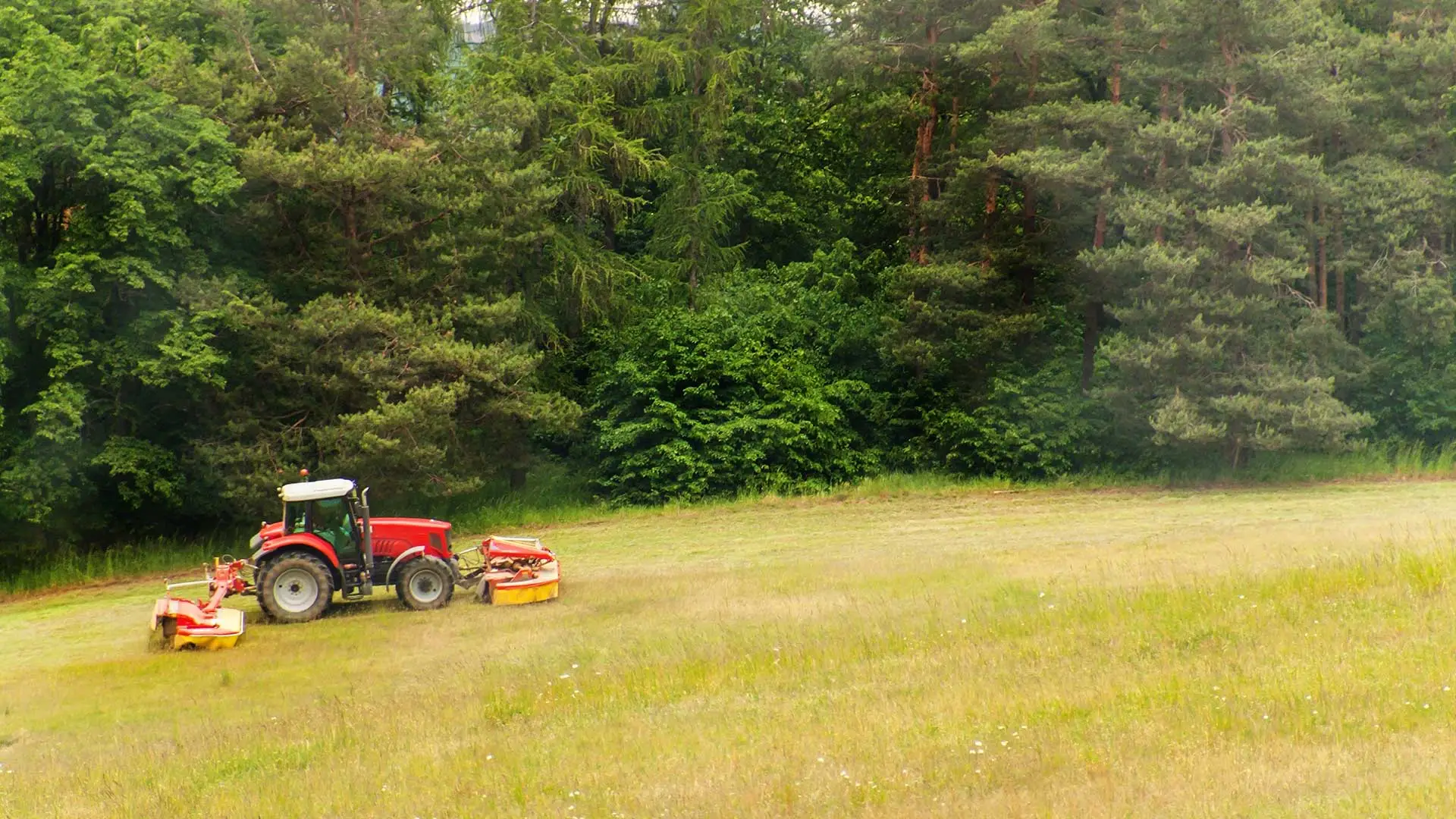Soil problems don’t just affect your soil. The soil in your lawn and gardens can influence the health of the plants you grow. Ensure the health of your soil by performing regular tests. There are a number of soil testing kits available at garden supply stores and nurseries, but believe it or not, there are some reliable tests you can perform yourself using your own two hands, household products, or garden tools. Read on to learn more.
pH Test
Your soil’s pH levels indicate its acidity and alkalinity measurements. Test it by taking two soil samples and mixing them with water to make a muddy mixture. Add 1/2 cup of white vinegar to one sample, 1/2 cup of water to the second sample, and blend. Then add 1/2 cup of baking soda. If the first sample starts to fizz, your soil is alkaline. Should the second sample have a similar bubbly reaction, it’s acidic. If there’s no reaction at all, your soil is probably neutral.
Drainage Test
Test your soil’s drainage by digging a 1′ deep hole and saturate it with water, leaving it overnight. The next morning, fill it again and monitor the length of time it takes to drain. The water level should lower by 1″ to 3″ per hour. Your soil has poor drainage if the water drains faster than 3″ per hour or less than 1″ per hour.
The Hands-On Test
This test determines your soil composition. Take a handful of moist soil and squeeze it.
- Loamy soil: smooth-feeling soil that holds its shape for a while before it breaks apart with a gentle poke is probably loamy.
- Clay soil: when you take a fistful and the soil stays packed in a pressed ball that doesn’t lose its shape, it is most likely clay.
- Sandy soil: a handful of sandy soil immediately falls apart. When pressed into a ball, it barely holds its shape before crumbling.




Comments (0)
Thanks for your comment!
Thanks for your feedback! Your comments have been successfully submitted! Please note, all comments require admin approval prior to display.
Error submitting comment!
There is a problem with your comment, please see below and try again.